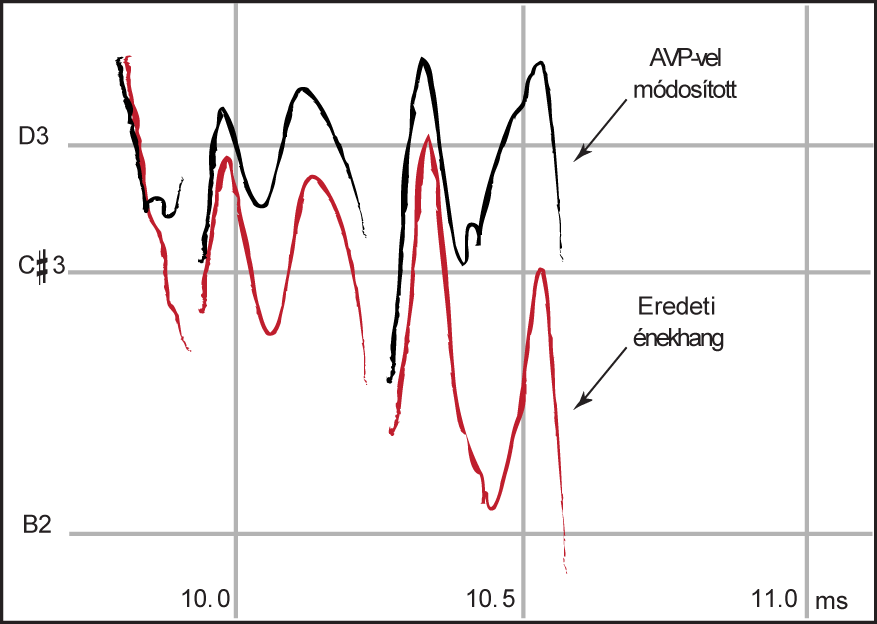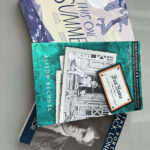Over the years, effects such as AutoTune and compression have become staples of mainstream pop music. As hard as it is to admit, many of your favorite artists most likely use AutoTune, even if it’s very subtle. In order to get the “mainstream radio” sound, vocals need to be digitized and filtered in order to be satisfying to the passive ear.
When listening to pop music, out-of-key inflections are undesirable to the listener. Rather than treating vocals as a unique element of the song, pop artists tend to use their voices simply as another instrument; their vocal chords are incapable of playing out of key.
“Pop music is made to be inoffensive for the most part,” Lee Barbara, who teaches the After Hours Recording Studio class, said. “There’s nothing wrong with that though. People just find a sound that the majority of people like, and they replicate it. For the past 10 or so years, both AutoTune and sidechain compression have sort of dominated the sound of pop.”
These digital aspects have affected what the general population expects in most music. Non-standard vocal inflections or purposely out-of-key notes have been criticized for their “weird” or “off-putting” sound, simply because they don’t entertain the status quo of modern music.
“I feel like people have gotten so used to Taylor Swift-sounding songs with everything being perfectly in key and everything,” Mayumi Schreiber, a junior, said. “I tried showing my friend an indie band I like but she kind of just dismissed it and said, ‘It doesn’t sound right,’ because of the raw vocal performance. Honestly I feel like there’s a lot of emotion that can be found in stuff like that, when it’s not perfect on purpose. That’s something I feel like is really rare in most pop stuff today.”
Mark Lighthiser, the Instrumental Music teacher, says that while pop music has become relatively stale in recent years, there’s still value to be found in certain aspects of the genre.
“I understand when people say ‘I don’t like pop music,’ but I think that there are plenty of great aspects to a genre like pop,” Lighthiser said. “Catchy and simple music isn’t inherently bad. While I agree that sometimes it can feel like there isn’t much effort going into these pop tunes, I also think that pop is a necessary genre.”
But while mainstream music has become more constrictive, indie artists have been given a new spotlight to produce and share their independent projects. Genres such as Midwest emo and indie rock, as well as digital genres like hyperpop have found new audiences in the modern musical landscape.
“One of the reasons I love Midwest emo music so much is because of the rawness a lot of the vocal performances have,” Nolan Hu, a senior, said. “I can appreciate amazing vocalists for their ability to stay in-key and everything, but at the same time I feel like vocals don’t have to be perfect music-theory-wise to be amazing.”
Due to the ubiquity of online forums and discussions, discovering new music is the easiest it’s ever been. Streaming platforms have also incorporated ways to discover new music at the click of a mouse.
“It’s so easy to find new music now,” Finn Schwarz, a senior, said. “You can just go on Spotify, and below every playlist there’s a bunch of recommendations based on the songs already in the playlist.”
Professional production tools have also become more accessible for aspiring musicians to use. Indie artists now have more avenues for artistic expression, especially with the constant improvement of music software. This has drastically increased the amount of music being published, widening the indie scene and giving creative individuals ways to showcase their talent to the world.
“Programs such as GarageBand and Ableton are so accessible to anyone interested in music,” Barbara said. “Anyone can pick it up relatively easily without any prior knowledge of music. Writing music in programs like those doesn’t really require a vast amount of music knowledge.”
In response to the modern mainstream, the online indie scene has begun to develop followings of people who actually prefer the rougher, more authentic sound over the highly produced pop music.
“I think that indie artists who self-produce actually show more creativity than the artists that have other producers do the work for them,” Hu said. “While major artists with record labels still have a lot of creative control over their projects, the complete freedom and ability to make their art sound how they want leads to greater creative expression.”
The increased accessibility of music production has allowed many artists to find successful careers in the music industry while being self-produced. Without the advancement of music software and the internet in general, artists such as Tyler the Creator and Quadeca most likely wouldn’t have been able to make a career out of their musical talent.
Despite the shift towards highly-produced pop tunes dominating the radio, there are amazing artists all across the internet that are only a couple of clicks away. If you like the sound of pop music, more power to you. But if you’re someone who isn’t a fan of the modern age of music, dig a bit deeper into the digital landscape and you might be surprised by what you find.
Photo: “Autotune” by Tóth Péter is licensed under CC BY-SA 3.0





Leave a Reply